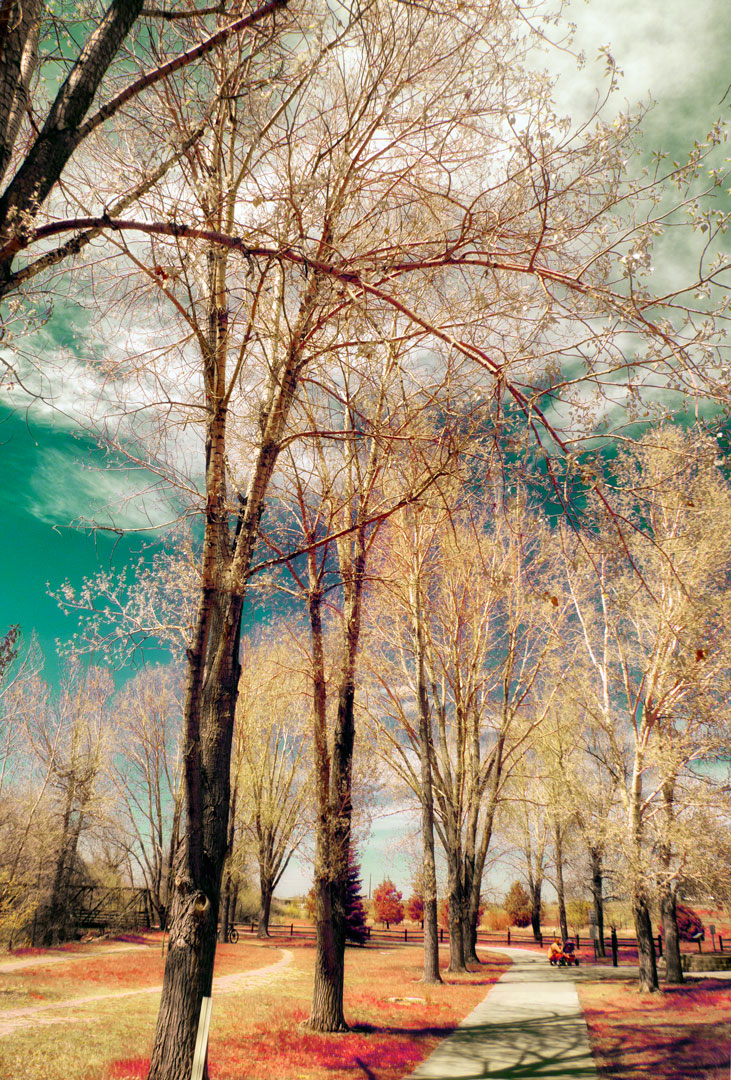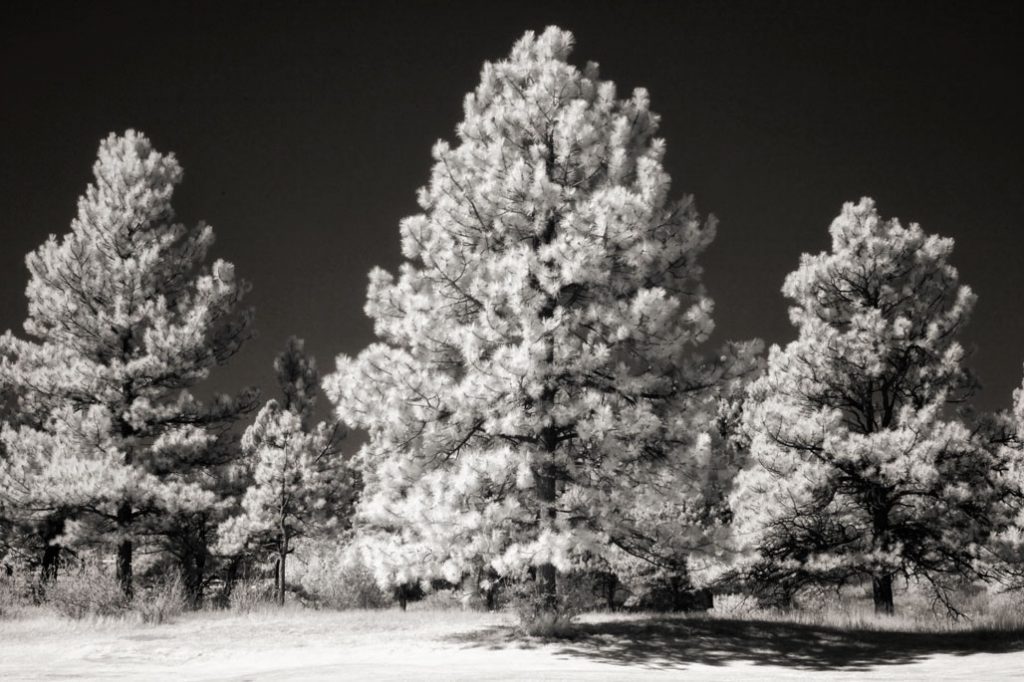Today’s Post by Joe Farace
“A myth is a way of making sense in a senseless world. Myths are narrative patterns that give significance to our existence.” ―
 Years ago when I was still writing for Shutterbug, a reader once asked me “Why do you do infrared photography, when regular photography is already so hard?”
Years ago when I was still writing for Shutterbug, a reader once asked me “Why do you do infrared photography, when regular photography is already so hard?”
I wrote a post responding to that question and you can see some of my answers here. But today I want to explore and maybe explode some of the common myths some people have about digital infrared photography:
#1: There’s nothing to photograph. This statement is not true for infrared photography but I hear photographers uttering this complaint all the time when talking about different genres of capturing images. Instead, I’ll submit to you that when shooting IR there’s always something to photograph, whether you’re using filters or with IR-converted cameras.
How I Made this photo: I photographed this scene at McCabe Meadows, near Parker, Colorado, with a Lumix GX1 that I bought used from Roberts Camera and had converted to infrared capture by Life Pixel using their Hyper Color filter. The lens used was Lumix G Vario 12-32mm f/3.5-5.6 kit lens (at 12mm) with a handheld exposure of 1/640 sec at f/10 and ISO 160, which is a little lower than the ISO 320 or 400 I normally shoot infrared. The image file was processed using one of the propriety Photoshop Actions that ere once provided by Life Pixel when you hav a conversion made by them.
#2: Infrared photography only works when photographing scenes that have deciduous trees. That’s not entirely true. Infrared photography is most effective when photographing deciduous trees, the kind of trees that shed their leaves in the fall. The larger trees in the below photograph are Ponderosa Pines with a small blue spruce in between. It’s the official state tree of Colorado and has grown a lot since I made this shot. All these trees are evergreens, a non-deciduous species, yet as you can see there is obviously some infrared effect. I have found that the best Wood Effect response from evergreens happens early in the Spring and while they will still react later in the year, it’s not as noticeable as it is with this photograph.
 How I made this photo: I used a Canon EOS 50D, that had been converted for infrared capture by Life Pixel, to make the black and white photograph at right. It was shot in the side yard just outside my office’s window. Exposure for this photograph, made with the EF-S15-85mm f/3.5-5.6 IS USM lens, was 1/250 sec at f/16 and ISO 400.
How I made this photo: I used a Canon EOS 50D, that had been converted for infrared capture by Life Pixel, to make the black and white photograph at right. It was shot in the side yard just outside my office’s window. Exposure for this photograph, made with the EF-S15-85mm f/3.5-5.6 IS USM lens, was 1/250 sec at f/16 and ISO 400.
Combining both of these myths together, the way The Dude’s rug tied the whole room together, is that this photograph was literally made in my own backyard featuring non-deciduous tree species and the image works pretty well, I think so anyway, as an infrared photograph. So photo ops are always around the corner especially when it come to infrared photography. And “maybe in your own backyard.” Give it a try and I think you’ll have fun too.
